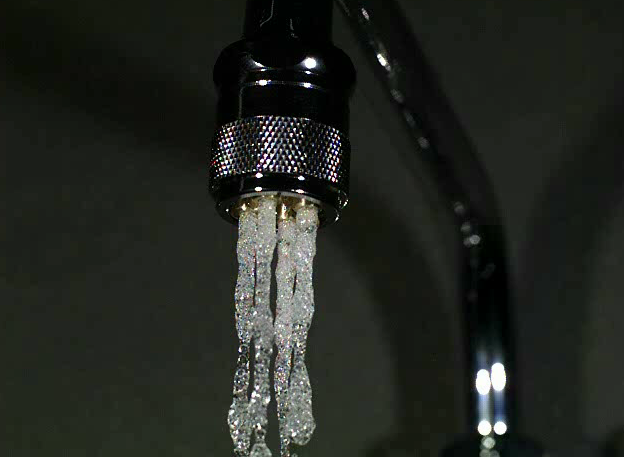
Although over 70 percent of the Earth is covered in water, over 96 percent of that is salty. As anyone who’s gotten a mouthful of ocean water knows, we can’t drink that, and bathing in it is a big no-no. So, we are dependent on the limited fresh water supply, 70 percent of which is used for agriculture. That doesn’t leave much for us, so water conservation has been a hot topic for years, especially in places like Southern California that are suffering from droughts.
Companies all over the world have been coming out with water-efficient faucets and toilets to help, but they have barely made a dent in mitigating the problem, that is, until one Japanese entrepreneur set their mind to the problem. In 2009, a Japanese start-up created a water-saving nozzle that is purported to reduce water usage by up to 95 percent. This could be a life-changing and world-changing invention.
The Osaka-based start-up DG TAKANO invented their novel product “Bubble90” in 2008 and have since been recognized with an array of awards and were showcased on Japanese variety show,”Ga-chiri Monday!” All of this attention is well deserved; with this invention, you could go from using the average 10 liters (2.6 gallons) of water a day, to using only 0.5 liters (0.13 gallons).
With such high efficiency, you’d think it would involve some monster of a device, yet the nozzle is just a small piece that can be attached to almost any normal faucet.
▼ That small nozzle is an intricate piece of metalwork.
The device is designed to force air into the water stream, creating bubbles in the flowing water, and then shooting it out in pulses. It was inspired by the bidet feature on some Japanese toilets.
▼ The tap water is in blue, the air is in orange.
▼ Since the Bubble90 works with flowing water streams, the bubbles look like this, a pocket of air surrounded by water– decreasing the amount of water in each droplet.
You may think that bubbly water wouldn’t clean very efficiently, but the water is high-pressure and although it seems “soft,” it rinses soap off hands and grime off dishes as easily, if not better than traditional faucets, the water emitted by the nozzle said to resemble a succession of small waves on a very fast, small scale.
▼ Scale this to the kitchen sink level and you can imagine how the leftovers on your plate could easily be washed away.
The Bubble90 website presents a graphic showing the efficiency of a normal tap faucet vs. a general water-saving faucet vs. a Bubble90 faucet. The study measured the amount of water used to clean some dishes (depicted in blue) and the cleaning power (depicted by the brown line).
▼ According to their study, not only did the Bubble90 out-clean the other two faucets, it also used significantly less water in the process.
Reduction in water usage, and thus a reduction in water usage fees, has been proven in several test runs in establishments around Japan. For example, an izakaya (dining bar) chain added the Bubble90 to their kitchen sinks, and saw a huge difference in their water bills, going from 2 million yen (US$16,500) a year to 1.5 million yen ($12,500). The shops saw an average of 20-35 percent decrease in water usage.
Another impressive example is of a ramen shop chain, which cut its annual water bill nearly in half, from 1.2 million yen to 660,000 yen ($10,000 to $5,500). The monetary benefit (and water reduction) was apparent almost instantly.
The company offers a few different nozzles for different purposes, such as one for hand-washing, which has the highest reduction of up to 95 percent, but no lower than 80 percent. High-power nozzles, such as those used in industrial kitchens, see a 40-90 percent water-reduction rate.
▼ Different styles to fit different needs.
The nozzles are not only small, easy to use and adjust to preferred pressure levels, but they are easy to maintain and are expected to last for at least 10 years before they need to be replaced. While they are currently used mostly for businesses with really high water usage, there should be a home-use version available soon too.
▼ You can see the tiny bubbles running over this person’s hand.
Even cutting water usage down by 20 or 30 percent is huge, let alone 90 percent, especially when you multiply that by the rest of the world. This kind of air-infusing nozzle could be the future of all faucet technology and a huge player in water-conservation across the globe.
The success of the Bubble90 is also a big step for Japanese start-ups in general, which are kind of uncommon and not well supported. Takano’s drive, persistence and ingenuity will inevitably inspire young entrepreneurs like himself. The press and popularity of DG Takano could bode well for other up-and-coming small companies too.
▼ We’ll leave you with a promotional video where you can see the water in action.
https://www.youtube.com/watch?v=acoxv1CMrlk
Sources: Ascii Weekly, Bubble90
Images: Bubble90, YouTube (tatsuo sugimoto),Wikimedia Commons (Stéfan Le Dû)

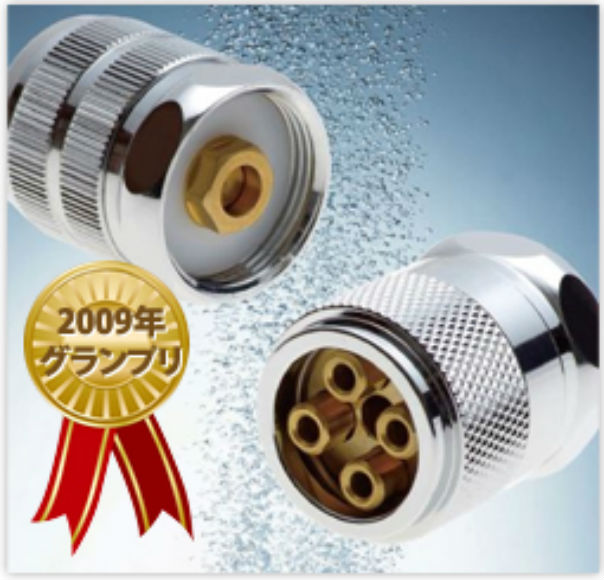
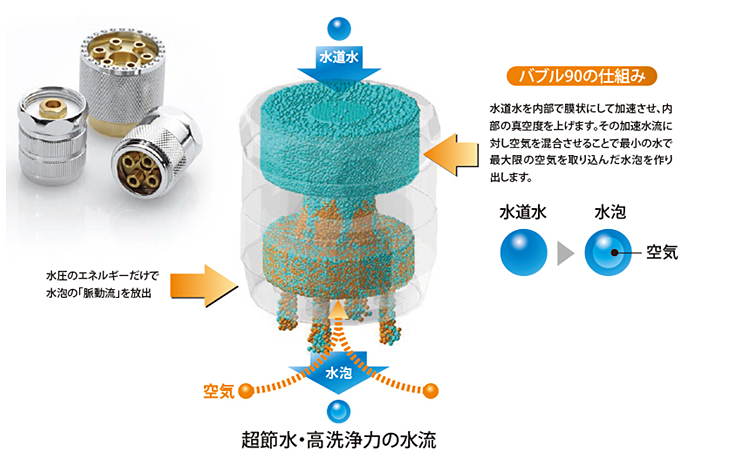
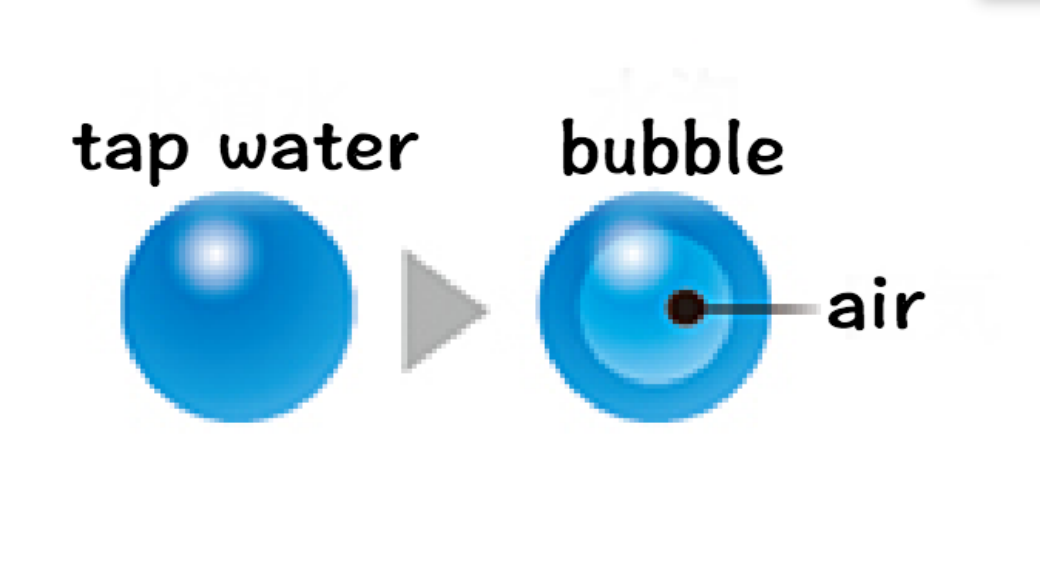
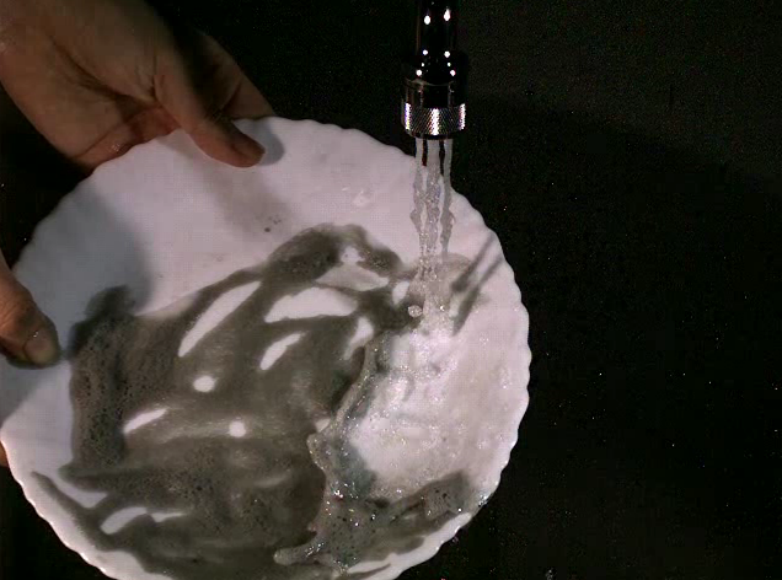
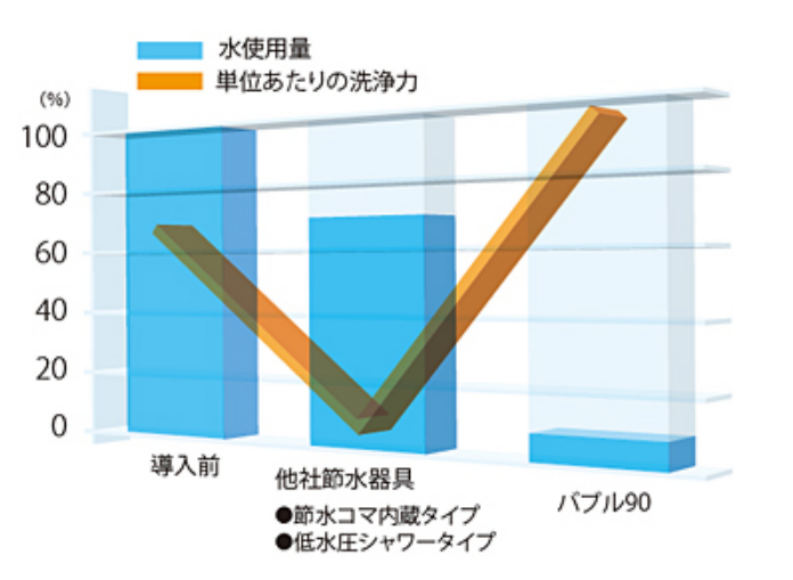
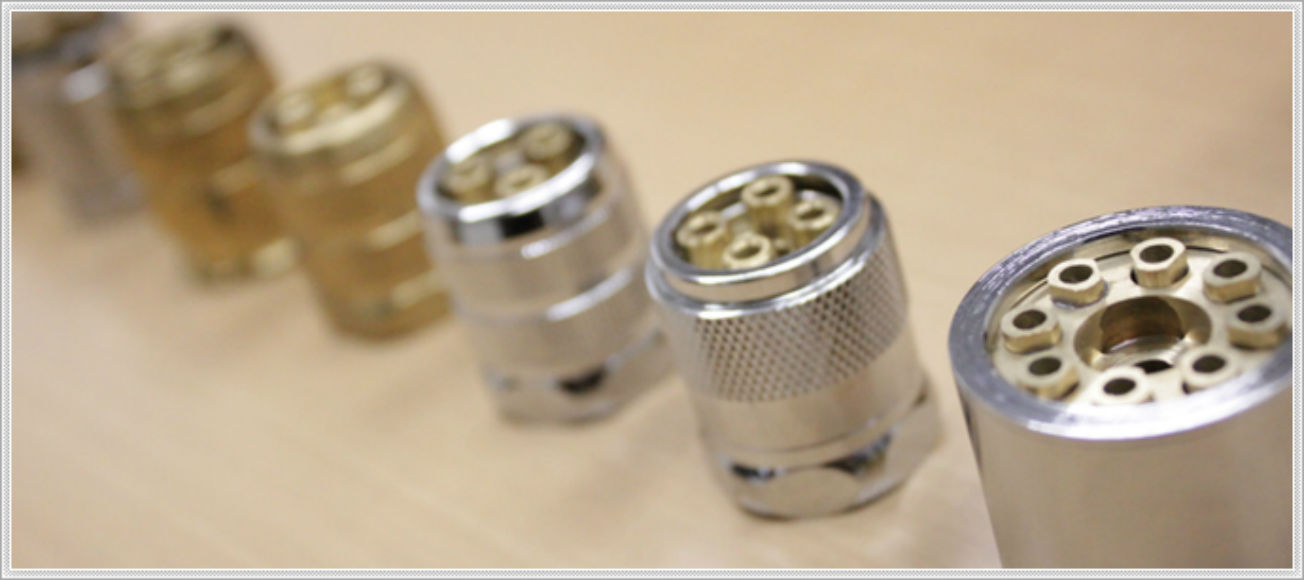
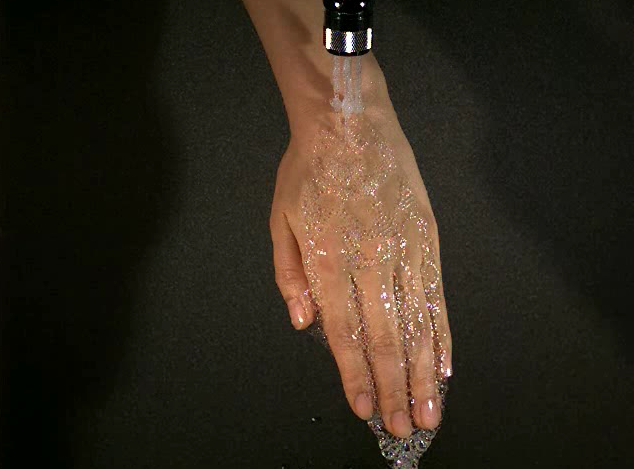
 Japanese beef bowl chain Sukiya’s 2026 Smile Box lucky bag basically pays for itself
Japanese beef bowl chain Sukiya’s 2026 Smile Box lucky bag basically pays for itself What did Shibuya really look like after the crowds on New Year’s Day?
What did Shibuya really look like after the crowds on New Year’s Day? Cup Noodle tries an authentic Jiro-style ramen, but something’s not quite right
Cup Noodle tries an authentic Jiro-style ramen, but something’s not quite right The entire Pokémon Red and Blue Kanto region map, built as a 3-D diorama, looks amazing【Photos】
The entire Pokémon Red and Blue Kanto region map, built as a 3-D diorama, looks amazing【Photos】 What’s inside the McDonald’s Japan fukubukuro lucky bag for 2026?
What’s inside the McDonald’s Japan fukubukuro lucky bag for 2026? Japanese beef bowl chain Sukiya’s 2026 Smile Box lucky bag basically pays for itself
Japanese beef bowl chain Sukiya’s 2026 Smile Box lucky bag basically pays for itself What did Shibuya really look like after the crowds on New Year’s Day?
What did Shibuya really look like after the crowds on New Year’s Day? Cup Noodle tries an authentic Jiro-style ramen, but something’s not quite right
Cup Noodle tries an authentic Jiro-style ramen, but something’s not quite right The entire Pokémon Red and Blue Kanto region map, built as a 3-D diorama, looks amazing【Photos】
The entire Pokémon Red and Blue Kanto region map, built as a 3-D diorama, looks amazing【Photos】 What’s inside the McDonald’s Japan fukubukuro lucky bag for 2026?
What’s inside the McDonald’s Japan fukubukuro lucky bag for 2026? KFC Japan unveils the Sweet Potato Pie for Halloween
KFC Japan unveils the Sweet Potato Pie for Halloween Uniqlo Ukiyo-e Blue T-shirts: A cool-hued reinterpretation of some of Japan’s greatest paintings
Uniqlo Ukiyo-e Blue T-shirts: A cool-hued reinterpretation of some of Japan’s greatest paintings Beautiful Taiwanese flight attendants are a hit with passengers on EVA Air
Beautiful Taiwanese flight attendants are a hit with passengers on EVA Air Kura Sushi adds new cake party train to conveyor belts at select restaurants
Kura Sushi adds new cake party train to conveyor belts at select restaurants Sanrio brings some smiles to Evangelion with new collaboration merch line【Photos】
Sanrio brings some smiles to Evangelion with new collaboration merch line【Photos】 Starbucks Japan ready to get Year of the Horse started with adorable drinkware and plushies【Pics】
Starbucks Japan ready to get Year of the Horse started with adorable drinkware and plushies【Pics】 Hayao Miyazaki says Happy New Year to Studio Ghibli fans with new art for Year of the Horse
Hayao Miyazaki says Happy New Year to Studio Ghibli fans with new art for Year of the Horse 7 great places to see Mt. Fuji from without having to climb it
7 great places to see Mt. Fuji from without having to climb it We found possibly the quietest Japanese-style hotel in Tokyo’s bustling Shinjuku district
We found possibly the quietest Japanese-style hotel in Tokyo’s bustling Shinjuku district Hello Kitty Choco Egg figures are an adorable trip through three periods of Japanese pop culture【Pics】
Hello Kitty Choco Egg figures are an adorable trip through three periods of Japanese pop culture【Pics】 Japan’s oldest largetooth sawfish in captivity back on display in Mie Prefecture
Japan’s oldest largetooth sawfish in captivity back on display in Mie Prefecture Cyberpunk anime meets traditional culture in Ghost in the Shell gold leaf Japanese changing screens
Cyberpunk anime meets traditional culture in Ghost in the Shell gold leaf Japanese changing screens The best Starbucks Japan Frappuccinos we want to drink again in 2026
The best Starbucks Japan Frappuccinos we want to drink again in 2026 We revisited Sweets Paradise after a decade to see if Japan’s dessert buffet still delivers
We revisited Sweets Paradise after a decade to see if Japan’s dessert buffet still delivers 7-Eleven Japan starts new temporary luggage storage service in over 300 branches
7-Eleven Japan starts new temporary luggage storage service in over 300 branches Disillusionment at Tsukiji’s tourist-target prices led us to a great ramen restaurant in Tokyo
Disillusionment at Tsukiji’s tourist-target prices led us to a great ramen restaurant in Tokyo Starbucks teams up with 166-year-old Kyoto doll maker for Year of the Horse decorations【Photos】
Starbucks teams up with 166-year-old Kyoto doll maker for Year of the Horse decorations【Photos】 Tokyo considering law requiring more trash cans following litter increase in heavily touristed area
Tokyo considering law requiring more trash cans following litter increase in heavily touristed area Tokyo’s Tsukiji sushi neighborhood asks tour groups to stay away for the rest of the month
Tokyo’s Tsukiji sushi neighborhood asks tour groups to stay away for the rest of the month Tokyo event lets you travel back in time, for free, to celebrate 100 years since Showa era start
Tokyo event lets you travel back in time, for free, to celebrate 100 years since Showa era start Sanrio theme park in Japan announces plans to expand into a Sanrio resort
Sanrio theme park in Japan announces plans to expand into a Sanrio resort Japan may add Japanese language proficiency, lifestyle classes to permanent foreign resident requirements
Japan may add Japanese language proficiency, lifestyle classes to permanent foreign resident requirements Stamina-destroying “Paralysis Noodles” are Tokyo’s newest over-the-top ramen innovation
Stamina-destroying “Paralysis Noodles” are Tokyo’s newest over-the-top ramen innovation Survey asks foreign tourists what bothered them in Japan, more than half gave same answer
Survey asks foreign tourists what bothered them in Japan, more than half gave same answer Japan’s human washing machines will go on sale to general public, demos to be held in Tokyo
Japan’s human washing machines will go on sale to general public, demos to be held in Tokyo Japan’s deadliest food claims more victims, but why do people keep eating it for New Year’s?
Japan’s deadliest food claims more victims, but why do people keep eating it for New Year’s? We deeply regret going into this tunnel on our walk in the mountains of Japan
We deeply regret going into this tunnel on our walk in the mountains of Japan Studio Ghibli releases Kodama forest spirits from Princess Mononoke to light up your home
Studio Ghibli releases Kodama forest spirits from Princess Mononoke to light up your home Major Japanese hotel chain says reservations via overseas booking sites may not be valid
Major Japanese hotel chain says reservations via overseas booking sites may not be valid Put sesame oil in your coffee? Japanese maker says it’s the best way to start your day【Taste test】
Put sesame oil in your coffee? Japanese maker says it’s the best way to start your day【Taste test】 No more using real katana for tourism activities, Japan’s National Police Agency says
No more using real katana for tourism activities, Japan’s National Police Agency says Starbucks Japan reveals new sakura drinkware collection, inspired by evening cherry blossoms
Starbucks Japan reveals new sakura drinkware collection, inspired by evening cherry blossoms Updated cherry blossom forecast shows extra-long sakura season for Japan this year
Updated cherry blossom forecast shows extra-long sakura season for Japan this year KFC Japan unveils the Sweet Potato Pie for Halloween
KFC Japan unveils the Sweet Potato Pie for Halloween Uniqlo Ukiyo-e Blue T-shirts: A cool-hued reinterpretation of some of Japan’s greatest paintings
Uniqlo Ukiyo-e Blue T-shirts: A cool-hued reinterpretation of some of Japan’s greatest paintings Beautiful Taiwanese flight attendants are a hit with passengers on EVA Air
Beautiful Taiwanese flight attendants are a hit with passengers on EVA Air Kura Sushi adds new cake party train to conveyor belts at select restaurants
Kura Sushi adds new cake party train to conveyor belts at select restaurants Sanrio brings some smiles to Evangelion with new collaboration merch line【Photos】
Sanrio brings some smiles to Evangelion with new collaboration merch line【Photos】 Eight Ways You Really, Really Shouldn’t Use a Japanese Toilet
Eight Ways You Really, Really Shouldn’t Use a Japanese Toilet Massive manga mural takes over Tokyo station to celebrate Jujutsu Kaisen【Photos】
Massive manga mural takes over Tokyo station to celebrate Jujutsu Kaisen【Photos】 Japanese can maker says it’s OK to microwave cans with their new invention
Japanese can maker says it’s OK to microwave cans with their new invention Secret staff cafeteria in Tokyo Metropolitan Government Building serves up an exclusive ramen
Secret staff cafeteria in Tokyo Metropolitan Government Building serves up an exclusive ramen Starbucks Japan ready to get Year of the Horse started with adorable drinkware and plushies【Pics】
Starbucks Japan ready to get Year of the Horse started with adorable drinkware and plushies【Pics】 Terrace House star Kai Kobayashi says staff asked him to touch Hana Kimura’s breasts
Terrace House star Kai Kobayashi says staff asked him to touch Hana Kimura’s breasts
Leave a Reply